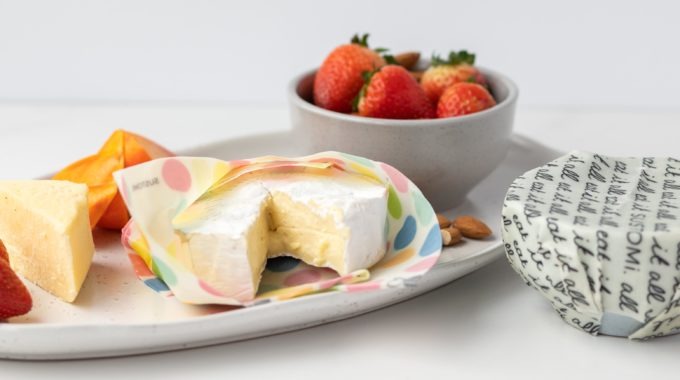Green living: easy at-home eco hacks
Chasing silver linings for this year? Aren’t we all. Here’s a positive for you: with so much extra time spent at home, it’s likely you’ve now become far more conscious of your habits as a consumer than you were this time last year. Many of us have even developed a greater interest in cooking, crafting, recycling, composting and growing our own food. To help you up your green game at home even more, Bronwyn Kidd – founder of eco company SUSTOMi, which sells clever alternatives to everyday household plastics – has shared her top five easy do-it-yourself eco hacks for around the house.
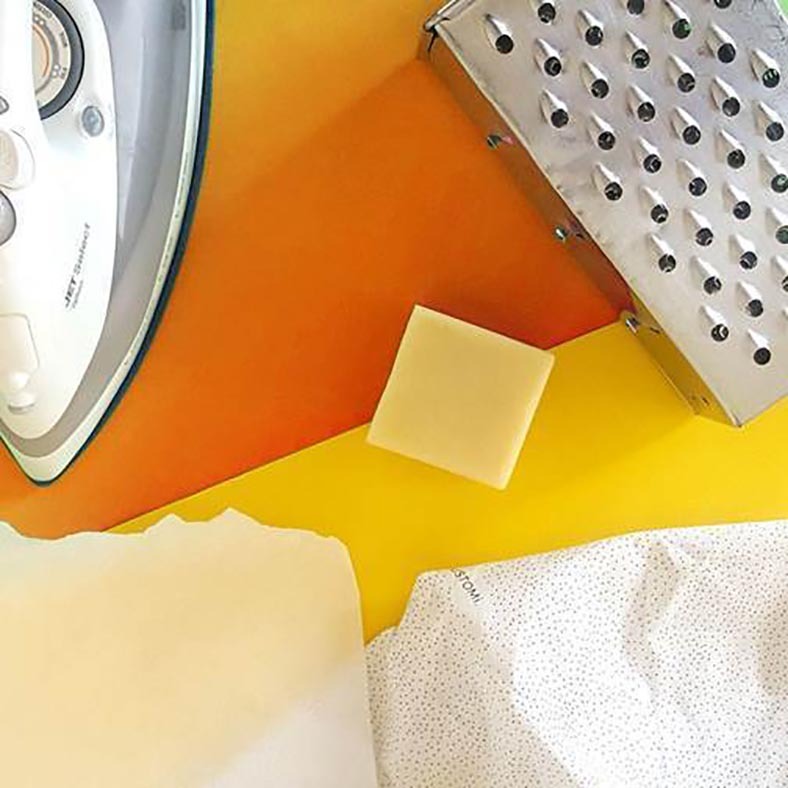
Kidd’s top 5 easy DIY eco hacks for your home
Make your own beeswax wraps
If there was ever a time to swap out cling wrap for beeswax wraps, it’s now. While you can also buy SUSTOMi wraps ready to use, why not try the DIY option and enjoy a therapeutic crafternoon session? Instructions are available on the SUSTOMi website.
A few containers or wraps short for fridge items?
Use a glass jar as your quick fix. A tall jar is fantastic option for fridge storage. Your saved glass jars are also perfect for storing preserved fruits, fresh lemon curd and homemade jam. Or alternatively (because, let’s face it, you deserve it this year), you can use your spare jars to serve up delicious, refreshing homemade cocktails on a Friday night.
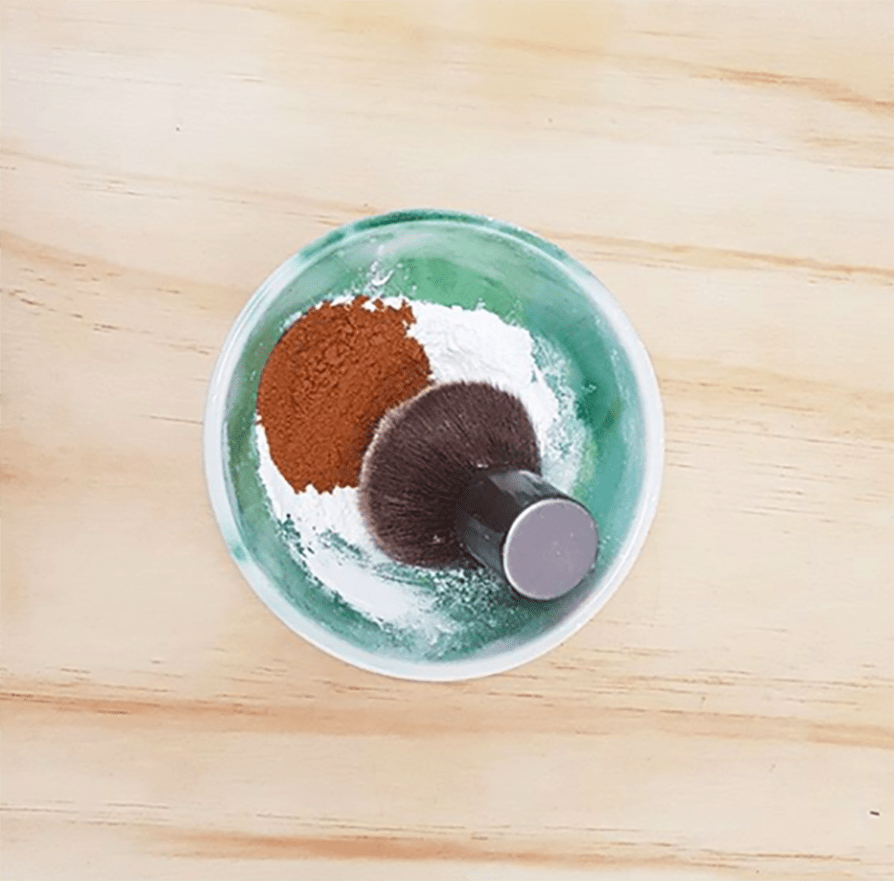
Dry shampoo, come at us!
What’s not to love? You’re saving water and time with this useful hack. All you need to make dry shampoo is found in your kitchen: a base of arrowroot flour or cornflour, with additions of cocoa powder and cinnamon for darker hair, ginger root for blonde hair and ginger and cinnamon for red hair. Apply the dry shampoo directly to your hair with a make-up brush, and use a comb or brush to spread it. Then, enjoy a day with fresh hair.
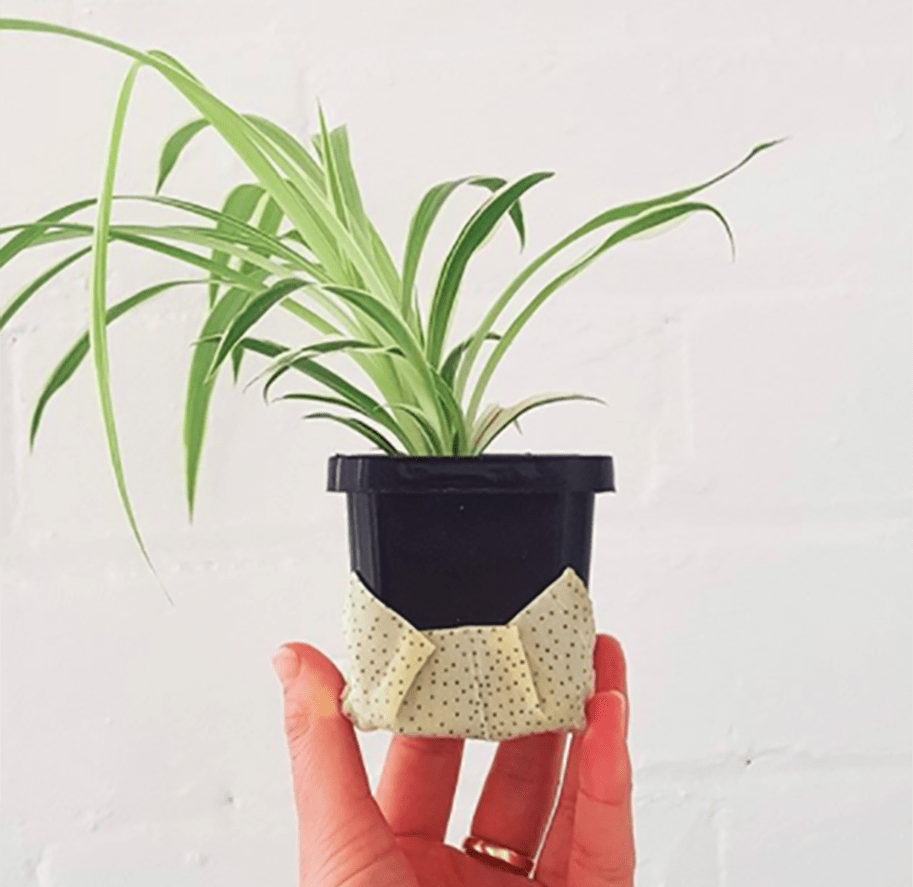
No more leaky pot plants
With more time at home this year to nurture her house plants, Kidd created pot bases using older beeswax wraps, saving a trip to the nursery to buy more bases. They’re water-resistant and also fit snugly around the base.

Regrow vegies from your kitchen scraps
While composting is better than throwing kitchen scraps in the bin, this hack gives back. Take the cut-off top of carrots, turnips or beetroot; or the cut-off bottom of celery, leeks or onions, and place in a dish of water. Once it sprouts roots, plant in your garden or a pot.
“To date, our supporters have helped us save 20,000,000 pieces of plastic from entering landfill and oceans,” Kidd says. “Our message is simple: more people adapting to a low-waste lifestyle is far better than a small handful of people living a zero-waste lifestyle. We offer easy solutions for those who are ready to make incremental lifestyle changes today.”
Learn more about adapting to a low-waste lifestyle through SUSTOMi’s podcast, Life Freshly Sorted. For more DIY eco ideas, follow SUSTOMi on Instagram. For more information on SUSTOMI’s sustainable kitchen and home products, head to sustomi.com.au

Orange is the new green
Aussie-grown oranges aren’t just a sweet way to get more nutrients into your day. They’re also an effective “green” household item. According to the national peak body for citrus growers, Citrus Australia, Aussie-grown oranges are now commonly being used for a range of household purposes as the trend towards more natural products continues to grow.
Australian oranges ambassador and co-founder of 4 Ingredients Kim McCosker says Aussie-grown oranges are an incredible fruit that can be so helpful in many ways around the home.
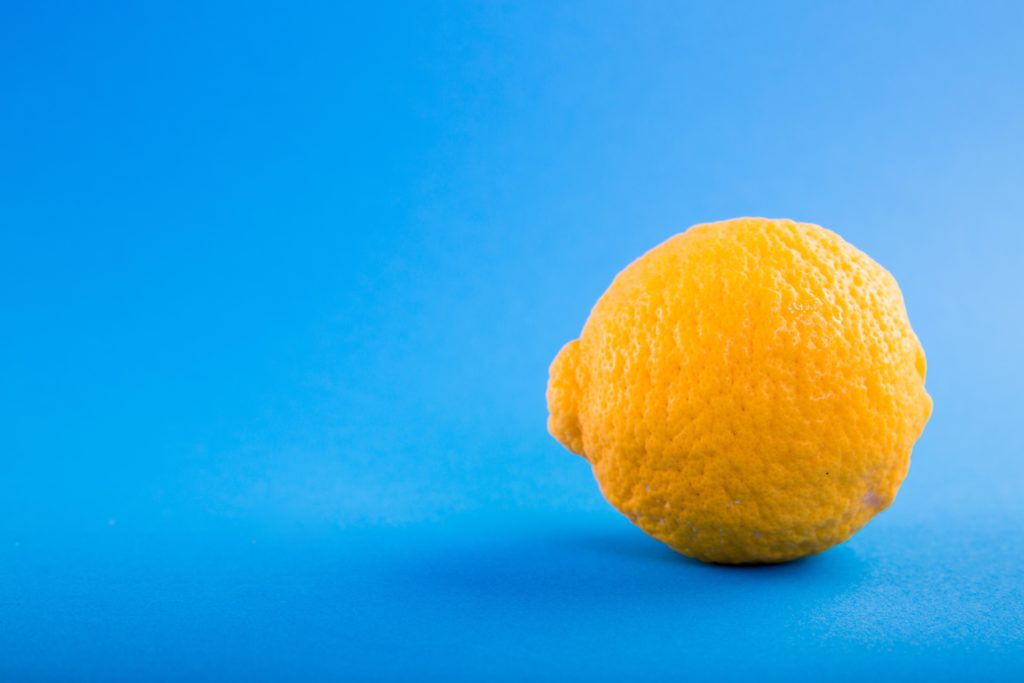
“As well as being fantastic to eat, what many people may not know about this fruit is that they can also be used for household deodorising and cleaning, right through to keeping ants away,” she says. “Dried orange peels can be used in wardrobes to eliminate musty odours and as a natural insecticide to get rid of flies or mosquitoes. They can also be used to stop cats digging around plants in the garden.”
McCosker says that with this year’s Aussie orange supply looking to be one of the best in years, now is the perfect time to use Aussie oranges as a green household alternative.
“Next time you eat an orange, keep the peel and consider using it as a fragrant, non-toxic alternative to chemical-based products,” she says. “Not only will it leave a delicious scent in your home, you’ll also be supporting our hard-working Aussie citrus growers.”

McCosker’s green orange eco hacks
1. Tie a handful of dried Aussie orange peels in cloth bags and place in cupboards to act as a natural freshener that will eliminate musty odours.
2. Position orange and lemon peels near windows to deter flies and mosquitoes.
3. A solution of orange peel powder mixed with water can stop ants. Pour the solution in a line to prevent ants from crossing the line.
4. Place orange peels on a tray in a hot oven for five minutes to eliminate food odours.
5. Boil orange peel and cloves for 10 minutes to fill up your home with a delicious aroma.
6. Place orange peel around plants to stop cats digging in your garden. They hate the smell.
Want more at-home eco hacks? Check out this advice on minimising waste from plant-based entrepreneur and restaurateur Heaven Leigh.


